-
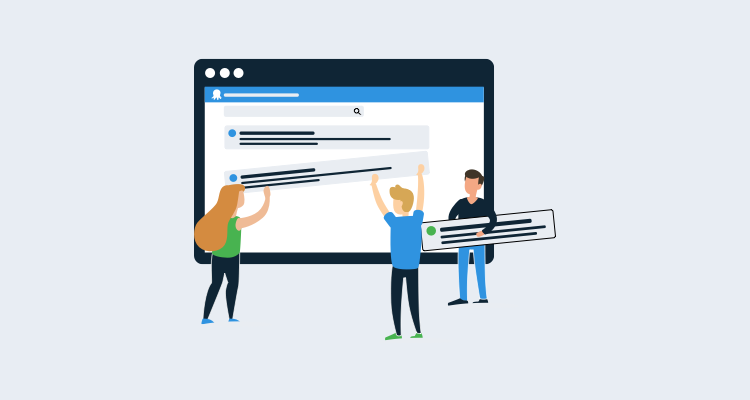
Contributing a step template to the Octopus Deploy Community Library
-
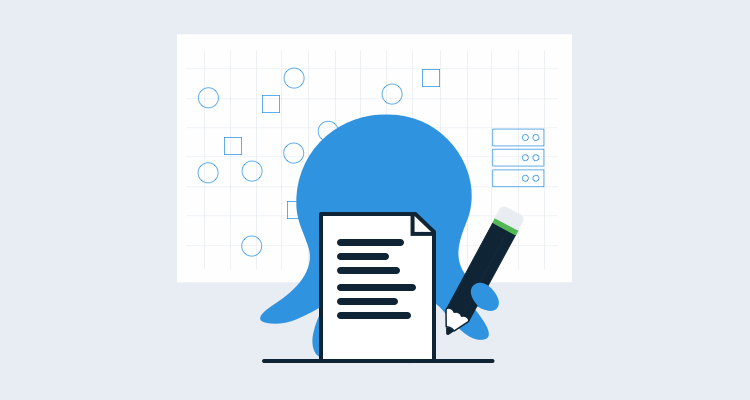
Creating an Octopus Deploy step template
-
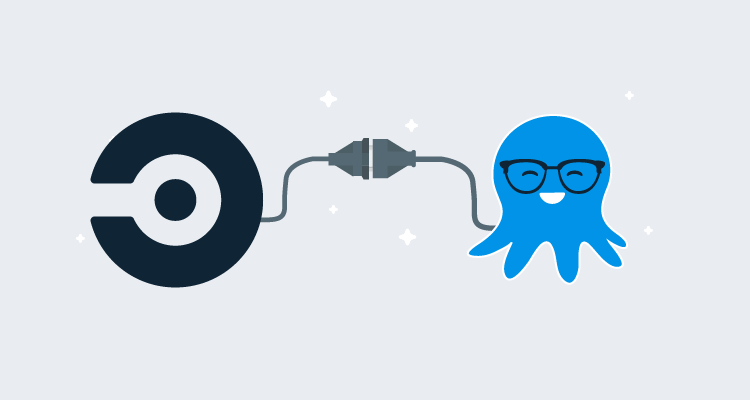
Reusable YAML with CircleCI orbs
-

Publishing a package to Octopus with GitHub Actions
-
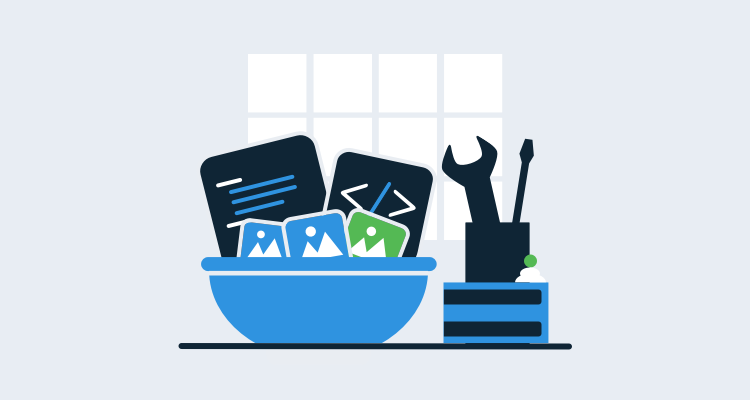
Using Cake build scripts for your .NET Core web apps
-
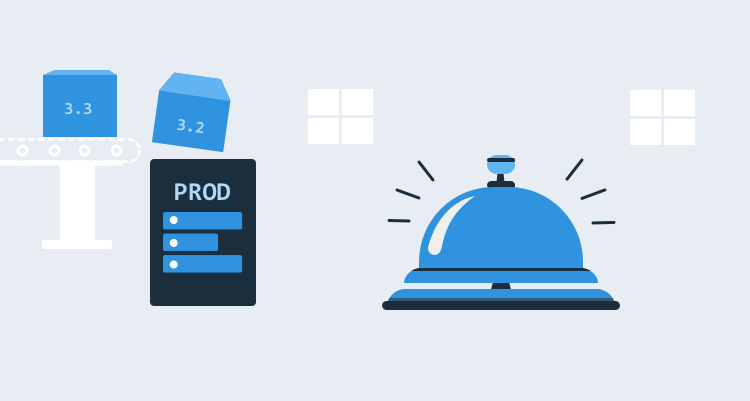
Adding notifications for every production deployment
-
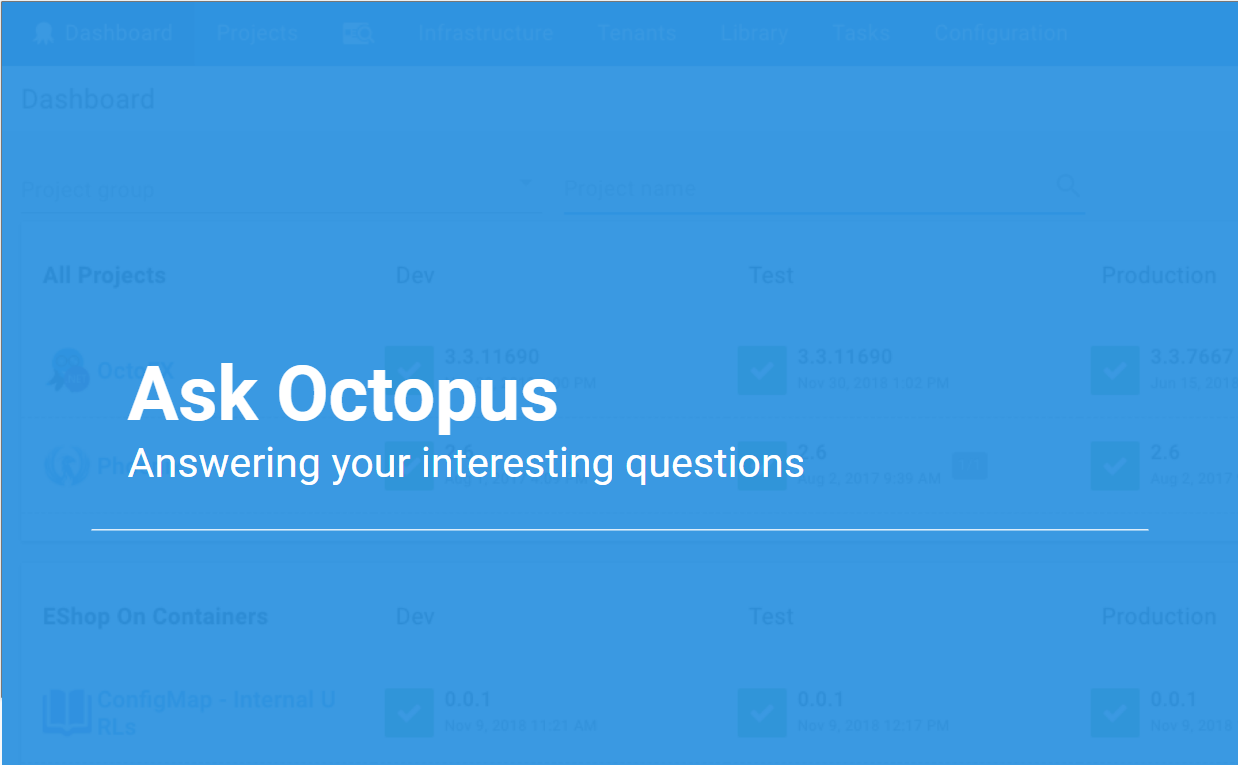
Ask Octopus Episode 11 - Automatically Cancel Tasks, Progression Prevention and Compliance
-

Ask Octopus Episode 8 - Script Console, Disable Child Projects, Performance Part II
-

Ask Octopus Episode 4 - Scheduled Deployments, Multiple Teams Sharing One Project, and Channel Version Rules
-

Ask Octopus Episode 3 - Variable Run Conditions, Switching Auth Providers, Finding Deleted Releases
-

Ask Octopus Episode 2 - Service Accounts, Get Project by Name via API, Deployment Triggers
-
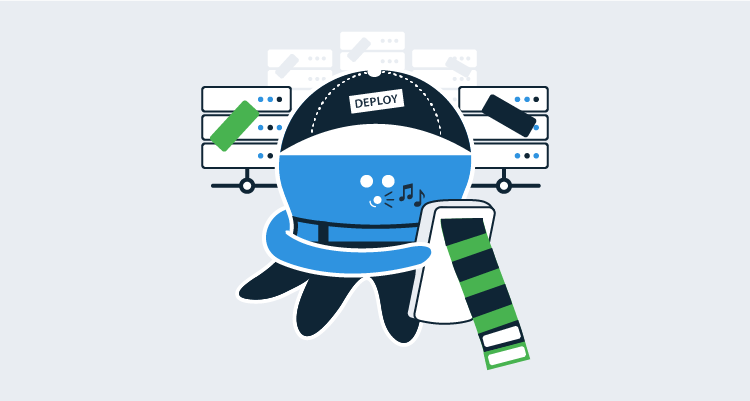
Real Life DevOps - Representing Internal Environment Names With Target Roles

Ryan Rousseau (author) - Page 1
Related posts
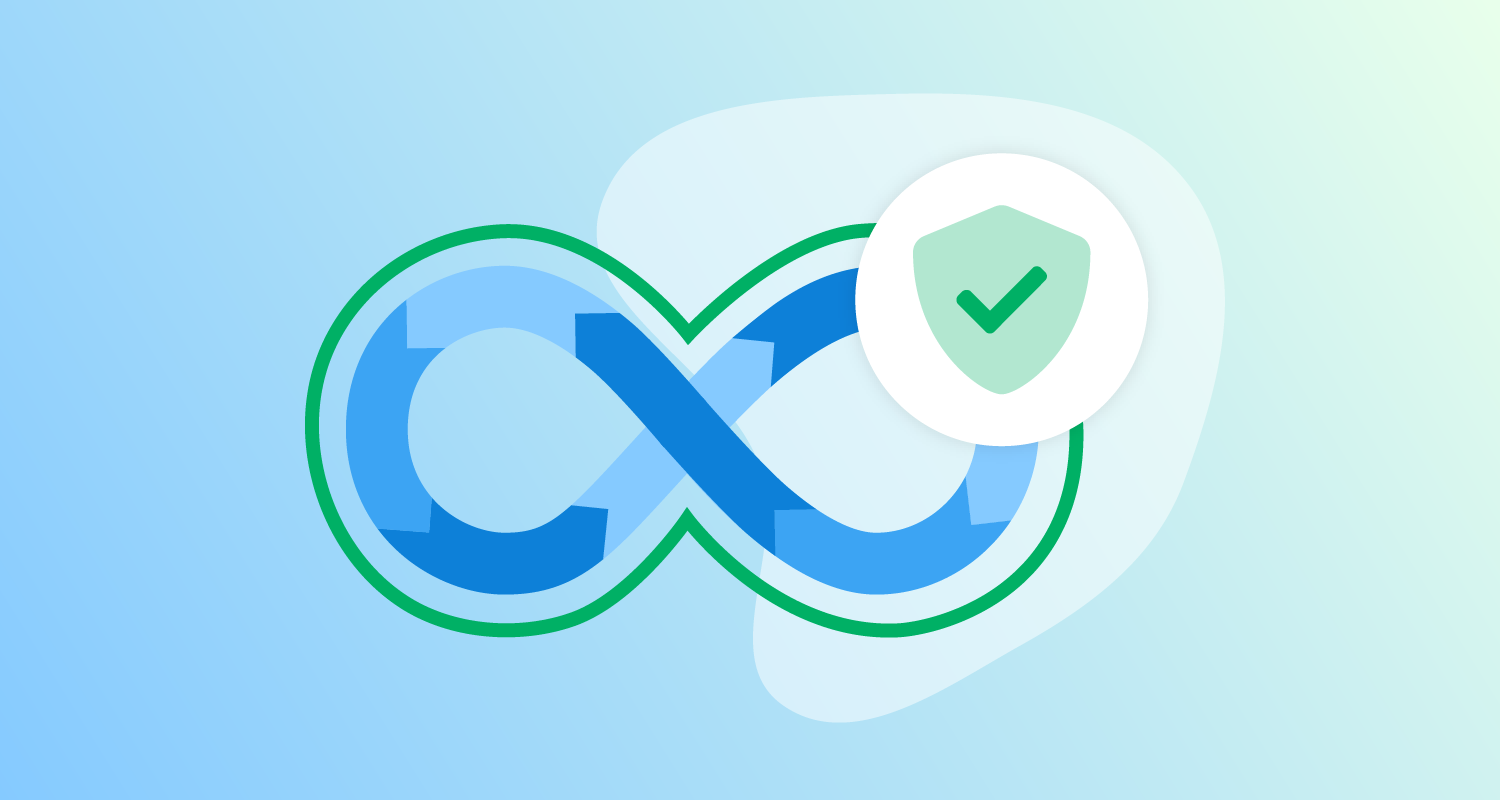
OWASP Top Ten: 20 years of Application Security
Twenty years of OWASP Top 10 data reveals an uncomfortable truth: we're not fixing the fundamentals. From SQL injection to prompt injection, broken access control to supply chain attacks—same vulnerabilities, different syntax. Practical security advice for developers and leaders.
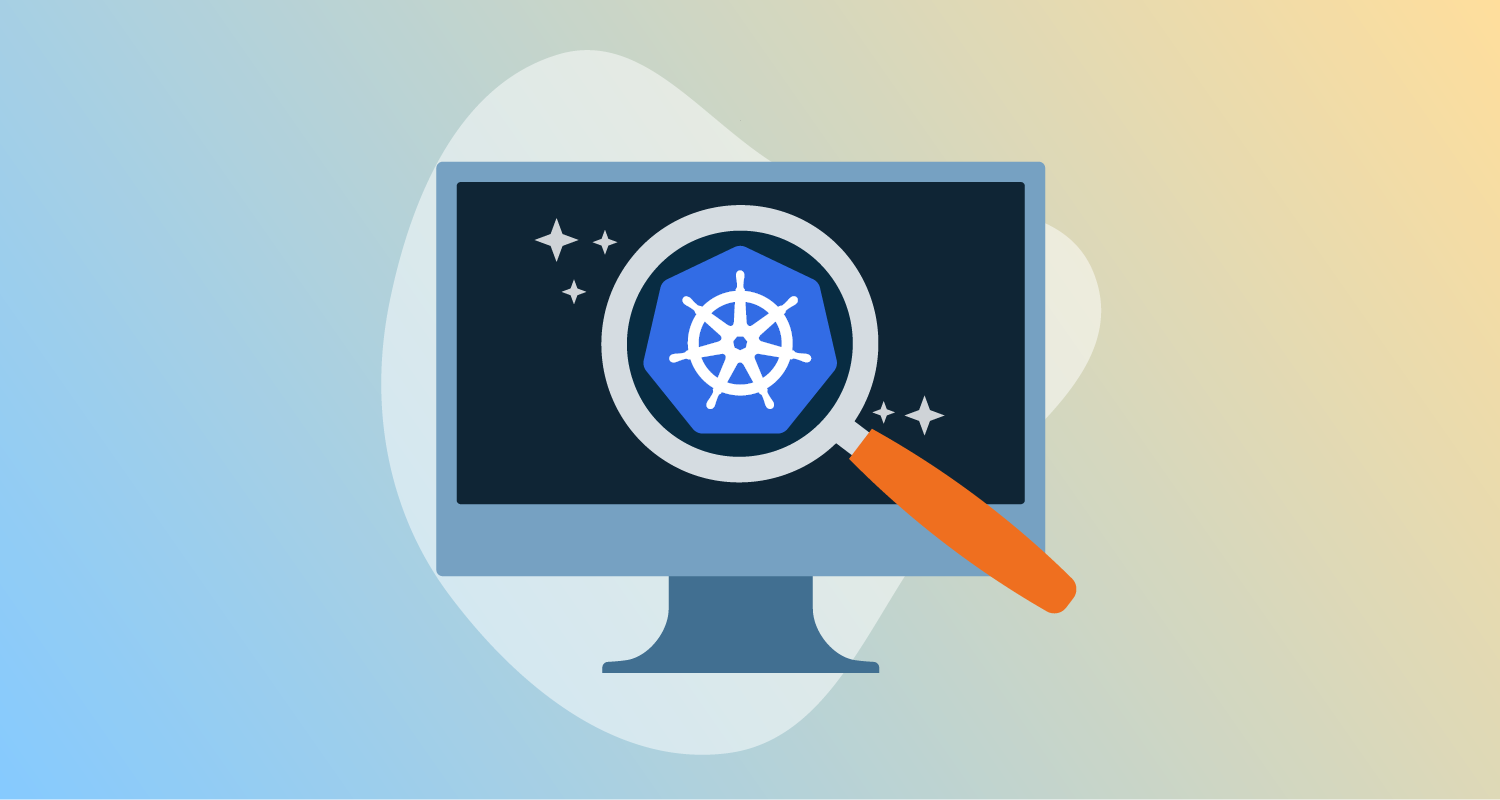
It works on my cluster: a tale of two troubleshooters
Kubernetes is hard to troubleshoot. Learn how two teams worked together to troubleshoot a particularly tricky bug.
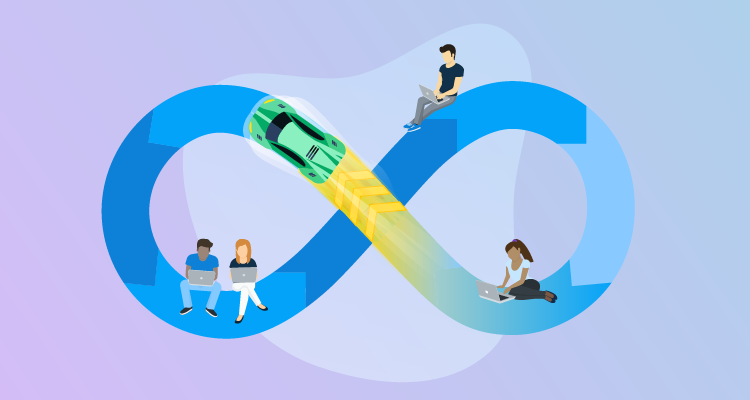
Platform Engineering at scale: Lessons from the conference circuit
In our latest episode of CD Office Hours, Bob Walker and Steve Fenton shared some of the topics that came up at GitHub Universe, KubeCon, and the DevOps London meetup.



